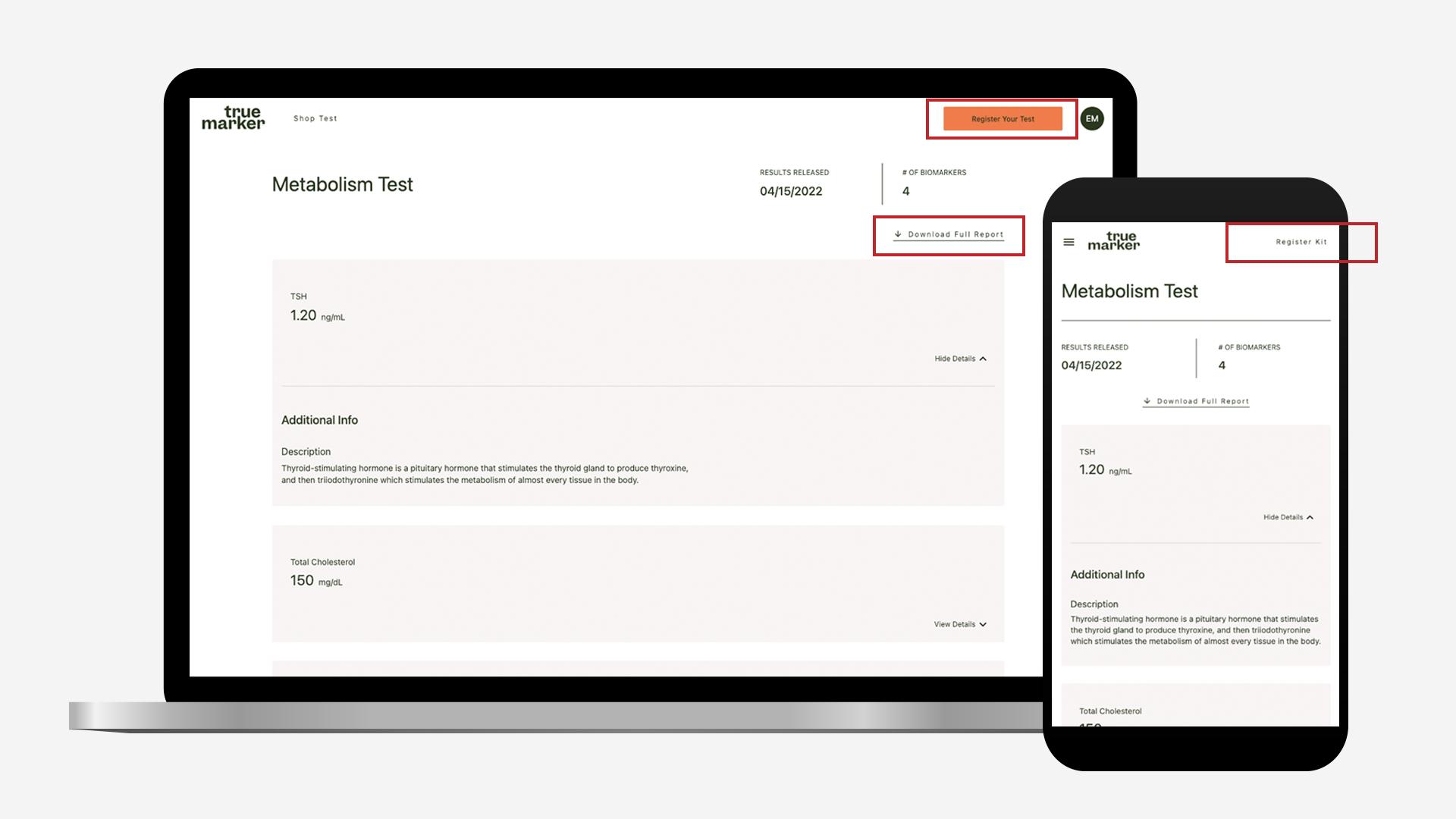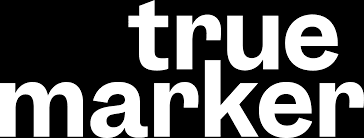Telehealth Startup: Home Diagnostic Tests with EHR Integration

Technological advances have reshaped the clinical testing industry. With apps and software technology expanding the world of telehealth, patients no longer need to physically queue up in a lab to run medical tests. Instead, they can submit test samples from their home and wait for clinician-approved reports.
In this case study, we’ll explore how the Endertech team helps TrueMarker launch its remote lab testing services.
An Exciting Telehealth Startup
TrueMarker provides home medical testing services to the public. It works with accredited lab testing partners and panel doctors to make medical diagnoses hassle-free.
Here’s how TrueMarker works:
Customers order the test kit online and wait for the delivery.
Customers collect test personal samples and send them back to TrueMarker.
After doctor’s approval, TrueMarker sends samples to certified labs for testing.
After doctors verify results, TrueMarker releases results to customers.
Note: The entire process can be as fast as 3-days.
On the surface, TrueMarker makes remote lab testing sound so simple. But there are layers of technicalities that are well hidden from the customers. Beneath the sleek-looking website, you’ll find the complex software integrations, the custom codes that were built, deployed, and tested.
Top-Notch Design and Unique Technical Requirements
TrueMarker approached Endertech with a clear vision of what they wanted to accomplish. The idea was to build an e-commerce website on Shopify that allows them to sell and deliver test kits to customers. They wanted a cool-looking website that customers engage with and a sturdy backend system that coordinates registrations, test results, and doctor approvals.
Our client specifically mentioned two systems their web portal needs to work with, ORDRS and LABDAQ.
ORDRS is a digital platform that allows healthcare service providers to coordinate physician reviews and lab result approvals using software API. An API is a program that allows different software applications to exchange information. In this project, TrueMarker uses ORDRS to seek authorization from panel doctors before running lab tests and releasing results to patients.
On the other hand, LABDAQ is a lab information system developed by Compugroup Medical. It is used by many clinical labs in the United States to store and exchange electronic health records safely. TrueMarker’s lab testing partner uses LABDAQ to automate workflow and minimize administrative work.
The challenge here is to ensure that TrueMarker’s web portal can exchange patient and lab testing data reliably with ORDRS and LABDAQ. And this is where an HL7 integration fits into the picture.
HL7, or Health Level 7, is a standard that guides healthcare providers to store and exchange clinical data on different software. It ensures that medical data is accurately interpreted regardless of which IT system the medical provider uses. It becomes evident that HL7 integration is pivotal to TrueMarker’s success.
A Thorough and Precise Technical Plan of Action
After confirming what TrueMarker was looking to accomplish overall, we translated their requirements into a precise technical plan with specifications. Primarily, TrueMarker needed a backend server and a frontend portal to run its home medical testing business.
The backend server acts as an intermediary that coordinates data as it travels between the customer’s account, ORDRS, and LABDAQ. It enables TrueMarker to exchange data with ORDS via API and LABDAQ with SFTP. SFTP is an internet protocol that allows servers to encrypt and send large files on the internet.
Given the complexities of TrueMarker’s system, we used Symfony to develop the backend logic and ReactAdmin to manage the frontend logic. Symfony provides tools to manage data and databases efficiently, delivering the data via API. React provides tools to consume APIs and render an interface for users to consume and manipulate the data if needed.
For administrators, we utilized ReactAdmin, a package of React components centered around database management. Our ReactAdmin implementation allows administrators to configure different types of tests and oversee the approval status.
We never doubted what we would use to bring TrueMarker’s customer-facing web portal to life. React remains the most popular framework for building responsive web applications, and it answers TrueMarker’s need for a simple and modern web interface.
Employing Agile Methodologies to Balance Quality, Project Tempo, and Responsiveness to Changes
We spent time designing the application wireframe, which is basically interlinked blocks of what each software component does. It involves meticulous planning and thorough discussions over months to ensure that we chart the entire software flow accurately.
Our team also spent the early weeks studying the HL7 file format and the ORDRS API. We need to be sure that we truly understand the HL7 structure, as the slightest mistake will affect how TrueMarker, ORDRS, and LABDAQ interpret patient data. Then, we must establish ways of exchanging the HL7 files with ORDRS via the API.
We worked with Agile methodologies, where we tackled the milestones in bi-weekly sprints. We strived to balance progress, quality, and responsiveness to changes. Our developers worked closely with TrueMarker, particularly after we built the user interface and introduced basic functionalities into the application.
We know that reliability and data integrity are pivotal for a telehealth software system, particularly when transferring electronic health records between systems. Therefore, we run system integrity tests to ensure that TrueMarker communicates securely with ORDRS and LABDAQ.
ORDRS has a test environment where we can create test orders, but that was not the case with LABDAQ. For the latter, we tested real orders that were later deleted. It requires careful coordination to ensure the test orders are not processed as real ones. After 6 months of rigorous research, coding, and testing, we brought the first version of TrueMarker’s e-commerce system to life.
Unique Challenges In a Unique Project
Our journey with TrueMarker wasn’t without challenges.
Working with startups means we must always anticipate changes. For example, TrueMarker needed the flexibility to switch lab partners weeks into development. Our team responded appropriately by altering the software process workflow and ensuring minimum disruptions to the development timeline.
This project also stressed the importance of HIPAA compliance. HIPAA is a federal law that regulates how healthcare providers protect patients’ information online. Demanding patients’ data are encrypted in transit and at rest. We use SSL to exchange data between servers securely. Also, we encrypt databases that store sensitive data and reduce server vulnerabilities using penetration testing.
An Exciting New Platform at the Intersection of Healthcare and eCommerce
TrueMarker turned an exciting idea into a fully-functional remote lab testing e-commerce business by partnering with Endertech. Successfully navigating the technical and regulatory challenges in the telehealth industry using modern software technologies and practices.
Our integration and development efforts enable TrueMarker to streamline HL7-formatted clinical records with external parties and provide seamless clinical testing services to customers.
It’s important to understand laws and systems if your organization is involved in telehealth services. Software planning and API integration consultation are critical phases to long term success!

